I have been a technology enthusiast since I was 10 years old, today I repair computers and provide solutions to everyday computer challenges for home users and very small businesses. To find out more about me, visit my home page.
If you want reach out to me about this article, use retrogaming O scottrlarson.com
This article is the third and final part of a three part series:
- Part 1: My First Computer
- Part 2: The C64 & A500
- Part 3: Amiga Games, The BBS Days & 3d Modeling
The Amiga platform brought amazing capabilities in visuals and sound, beyond anything I experienced beforehand. Since I am a big fan of Science Fiction, and I believe that art informs humanity about our past and future, the games created during this time ignited my imagination with possibilities for the future of society.
My gaming experience on the Amiga platform inspired me to invest my time and energy into graphic design. When the first 3D modeling software was released for the Amiga Platform, I was one of its first adopters. Later in life, this field engaged my interest in film and finally writing for film.
Amiga games that influenced my life
The days of Future Wars, Another World & Flashback
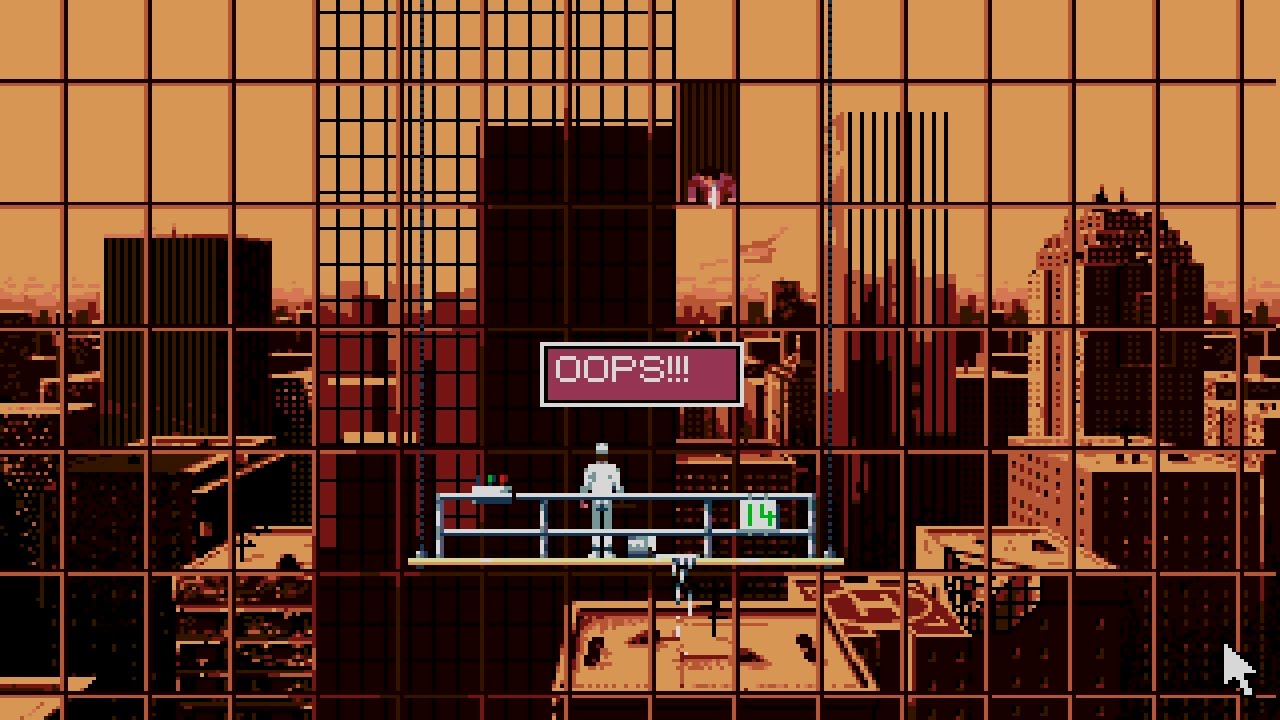
In 1989 I played Future Wars, a science fiction adventure game released on the Amiga Platform. I was never a big fan of point-and-click adventure games, but the science-fictional aspects of the game captivated me and brought the world of storytelling into focus at a time when most games were about high scores and shooting.
Future Wars might not have been an amazing success like other games at the time, but I love exploring the concept of time travel. What inspired me about the game is the sound, made possible by the Amiga platform. Sound was a big thing for games back then, which was very limited by the hardware.
For some reason, sound and storytelling helped me to continue to explore my interests in science, leading to interpersonal contemplation of what the future might be like. Great for my own storytelling as I developed an interest in writing for film. I developed an interest in temporal mechanics and cognitive theory, both of which helps shape my understanding of the world today.
The subjects I write about all have their roots in how objective reality and perception have effects on the human mind.
Three years later Another World came out. I was in a game store at the time. I picked up this title and looked at the front and back cover. It looked something like this:
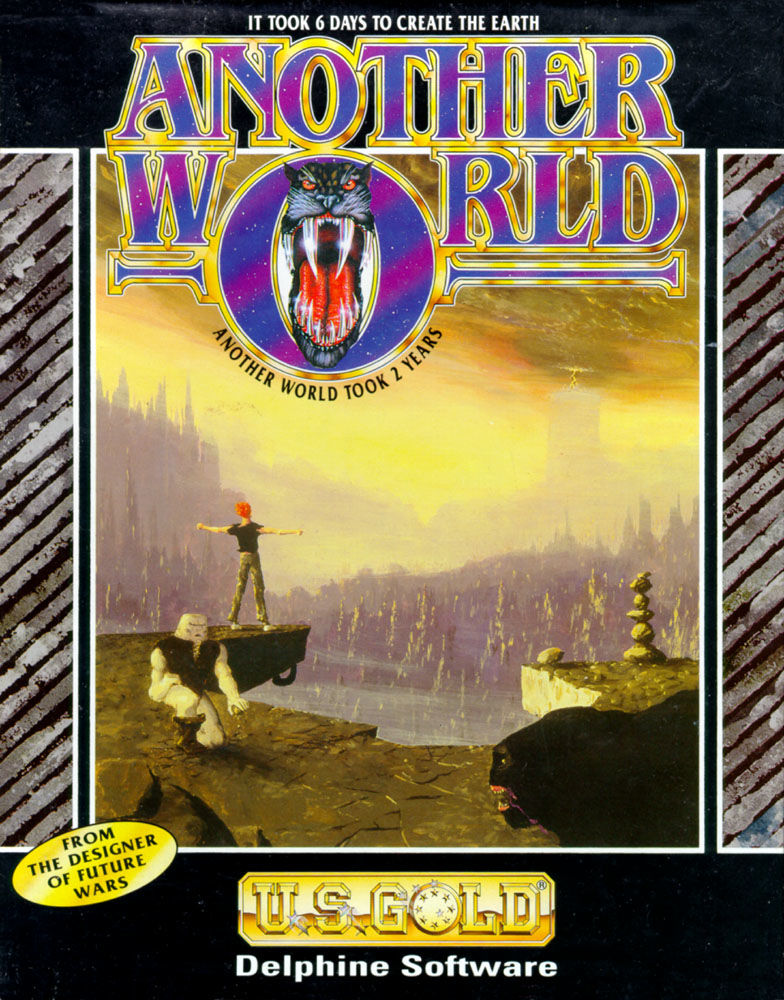
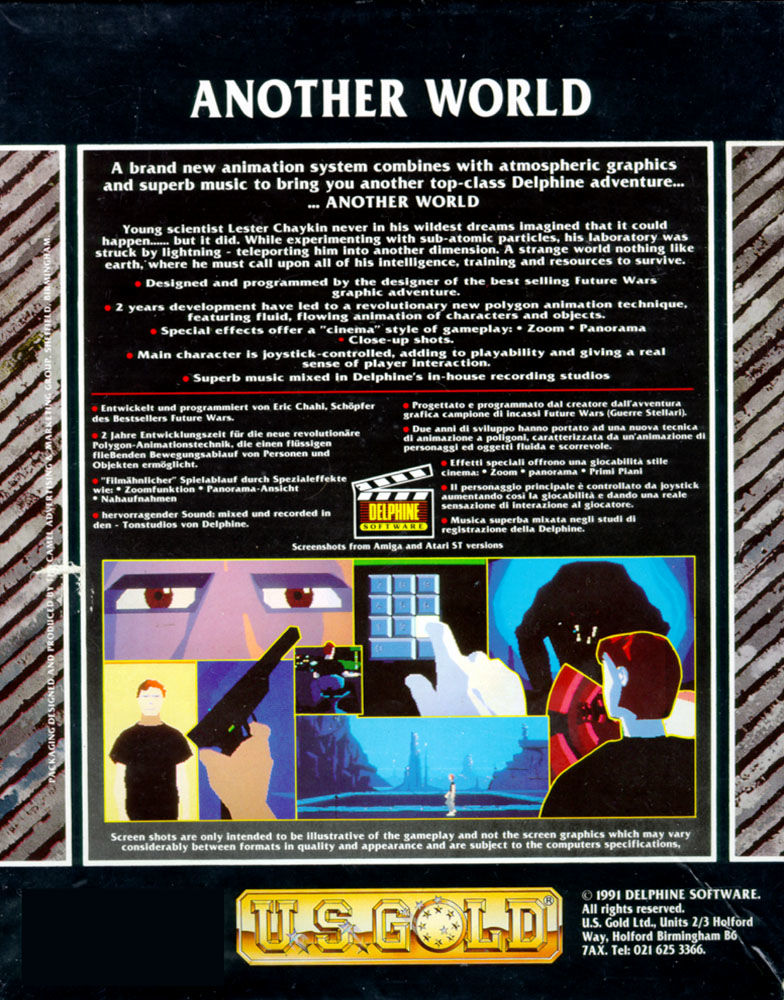
The idea of some guy lost and stranded on a foreign planet resonated with me. Probably because I feel that way sometimes on earth :P.
It was the first time I saw three dimensional perspective used in a game. Later I found out the developer used rotoscoping to create the cut-scenes. Remember this is a 2d scrolling game mind you. If my memory serves me correctly, 3D perspective in 2d scrolling games was something not even considered at the time.
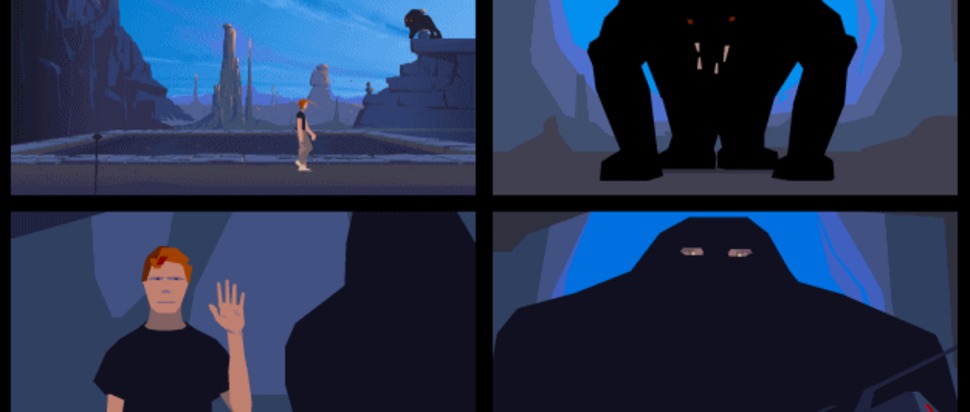
A few years later, Flashback, a game by the same publisher was released that had a similar feel to Another World, but in its own right, it was its own game. The game followed a similar theme that I was attracted to, A single protagonist, stranded somewhere, must find his way back to himself. Again, both of these games are side scrollers with mixed cutscenes. I enjoyed playing these games for the cut-scenes as the story elements were similar to movies I had seen.
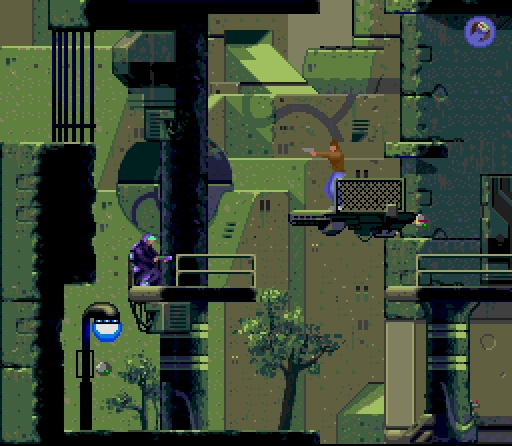
10 FANTASTIC Flashback Facts
Flashback Soundtrack
Both Another World and Flashback had great instrumental soundtracks. Music, with atmospheric sound effects, helped me focus on the action in the game, but it also helped me connect with my surroundings, and from that point on, I used music to help me focus on my creative efforts.
Playing these particular games was the first time I experienced linear storytelling and that helped me figure out why I was so inspired by stories. I realized that storytelling, in the way it was presented in games, as interactive pieces, was a way for me to focus my own decision-making in life. As I learned how to make decisions in games, I realized with the right focus and intention, I could make sound choices in my own life.
The Fallout 3 Ambient Soundtrack is a perfect example of how ambiance can focus attention
Commodore Amiga 2000

|
|
| Type | Personal computer |
|---|---|
| Release date | March 1987 |
| Introductory price | USD 1,495 (1987) USD 3,600 (2022 equivalent)[1] |
| Discontinued | 1991 |
| Operating system | Amiga OS 1.2/1.3 or 2.0 |
| CPU | Motorola 68000 @ 7.16 MHz (NTSC) 7.09 MHz (PAL) |
| Memory | 1 MB (9 MB maximum) |
| Predecessor | Amiga 1000 |
| Successor | Amiga 3000 |
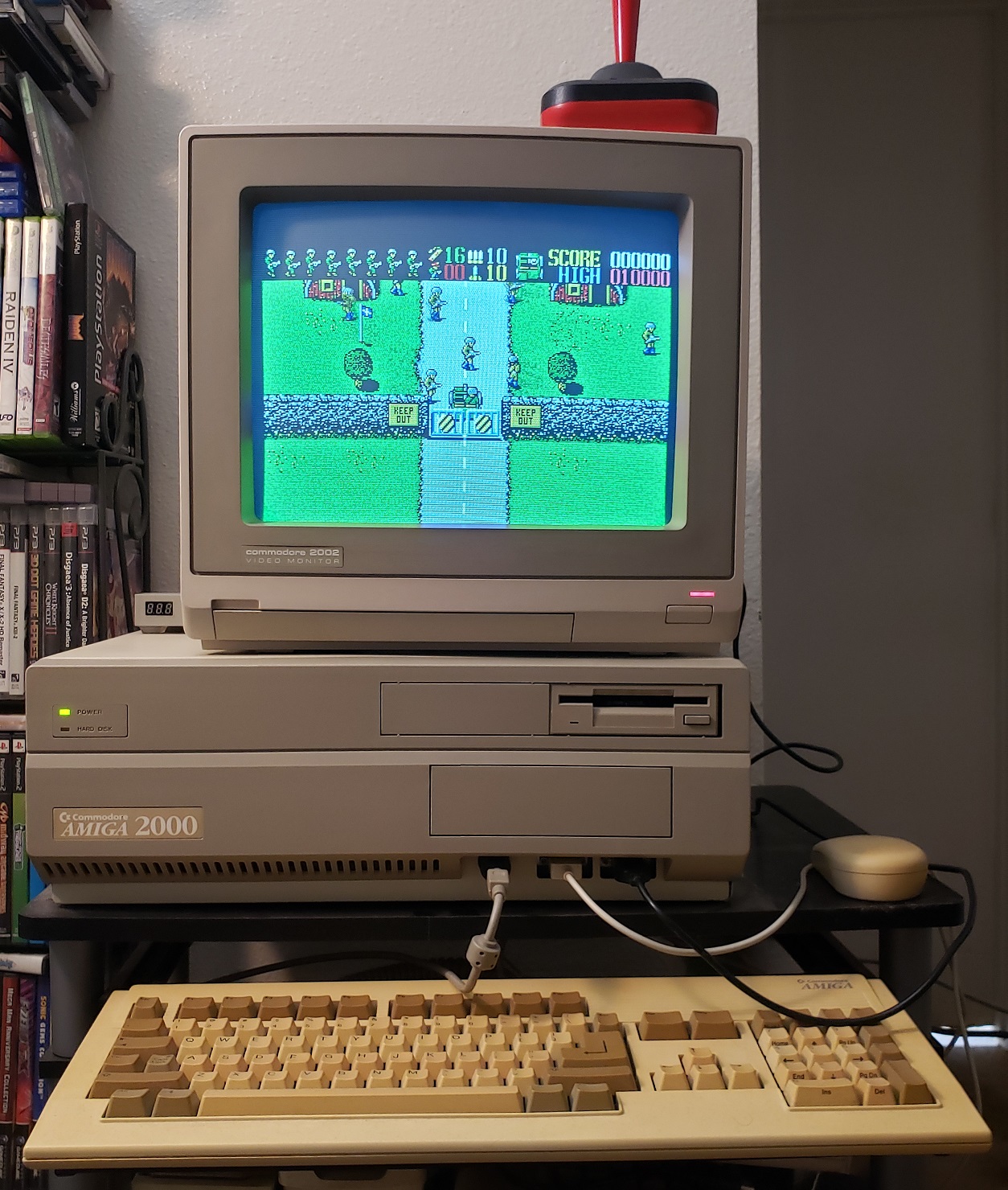
Upon realizing the power of the Amiga platform for graphics and sound, I wanted to do more with the technology than just play games. So I purchased an Amiga 2000 with some inheritance money I had to explore the cutting-edge capabilities of the platform.
During that time, Commodore shifted its marketing strategies to appeal directly to creative small businesses. In the early 1990s, many independent professionals started to take notice of the platform when the Video Toaster was released.
The toaster allowed you to combine graphic capabilities with real-world captured video, something TV stations were moving toward anyway. Before the release of the Toaster, a TV station would spend at least 10,000 if not more on hardware to make this dream a reality. But now, it was being put into the hands of independent artists. This move spawned a whole new era of creative markets.
3D modeling on the Amiga 2000
My interests in 3d modeling and animation (Now called special effects) centered around the work behind the games Another World and Flashback. I purchased an Amiga 2000 solely for that purpose. Caligari which was later renamed to Truespace 3d was the application at the time designed for this purpose.
I wanted to recreate in 3d what I saw in those 2d side-scrolling games.

With the realization that special effects would become the future of film and other forms of creative projects, being a part of this movement would be important for my artistic development. But when I saw the kind of work environments that were created around these industries, the long work hours and the destructive corporate culture, I decided to take the byway of self-development.
As I was already somewhat knowledgeable about hardware I figured my skills were more marketable as a one-man show. Besides, at the time, I didn’t work well with others. In hindsight, the judgments I made about the world, stunted my artistic growth. Or at least the impact I might have made on society by being a part of something bigger than what my mind could imagine. But its never too late for anything.
Work in this type of isolation did have strong points, It helped me shape my ideas and bring some of my ideas to life, which inspired me to get into writing for film, instead of creating works of art that revolved around the creations of others.
More information on Amiga 3D modeling
Bulletin Board System (BBS) & The Modem
In the 1980s, we used our traditional phone lines to dial-in and connect to Bulletin Board Systems. BBSs were the first forums of the day. The Dial-ups of the time were usually single connection based but improved over time. One call after the other, users imprinted themselves upon the walls of life in this early digital stratosphere. Before the Internet became a reality, BBS systems were our knowledge centers. Built by the users, for the users, of the users.
I became a user of Bulletin Board Systems during my early C64 days, I was around 13 years of age. Probably because my parents were in the process of splitting up, I sometimes found it hard to reign in my emotions and be civil. At the time, I found myself in trouble with the social contracts on some of the BBSs I was a member of. Back then, codes of conduct still applied in the digital world and I would find my account suspended for a time which tended to cut me off from online socialization.
But I got on with life and grew up somewhat. After a while, I purchased a Commodore 128 and ran my BBS, and became a SysOP (Systems Operator).
If you were a SysOp at the time, you had a unique glimpse into the future of online communication. Because of the time we were in, society was still in its early stages of individual expression. Much of our way of life was affected by our social mores and peer pressure to maintain a facade of being something everyone expected us to be. To fit into society, that’s what we did, at least in America. But as an early SysOP, I noticed that BBS users would drop these disguises and reveal who they truly were, or at least who they wanted to be.
Ben recalls having a vivid, recurring dream. He climbs the stairs in his parent’s house to see his old bedroom. In the back corner, he hears a faint humming.
In this dream, his old computer, still running his 1990s-era bulletin board system (BBS, for short), “The Cave.”. He had thought he had shut it down ages ago, but somehow it was still chugging away all this time without him realizing it. People continued calling his BBS to play games, post messages, and upload files. To his astonishment, it never shut down after all… Read more about his experience with the BBS era.
Maybe this understanding started me down the path of being able to remain authentic to who I was even under extreme pressure from the outside world.
The early BBS’s were the first type of systems where there was real interaction between people online, way before the internet. Connecting and sharing your innermost dreams happened at a turtle’s pace because only one person was able to connect to a BBS at a time.
It was unique because you could leave something behind of yourself in a post, and someone might comment on your post hours or days later. It helped me develop my thoughts about the world using a methodical and deterministic model, which sometimes I think we lack in the modern era.
BBSs continued to be used during the revolution of the Amiga platform. Although I vaguely remember any significant changes to BBS systems after the C64/128 days, except for the multi-user communication aspect which I lost touch with for a time, not much seemed to change. Being a SysOP helped me connect with other people that had similar interests. I met two people Henry Tilton and Tom Knox, both of who have made their own way into our modern world of computers. I became lifelong friends with these guys, even though I lost track of them over the years, but recently have been getting reacquainted with them, I will never forget their contribution to my learning. Thank you guys, you taught me so much about programming and computers.
There was this feeling of strangers working together to make the world a better place and to create cool things. It was the beginning and in some ways, the end of an era, all at once.
Dial a BBS from an Amiga in 2016
The fall of Commodore
At the end of the 1980’s Commodore, as a company, was struggling to keep up with the technological advancements being made by the competition. Commodore’s corporate internal problems prevented them from making the innovations necessary to stay ahead. You can read more about that in the Ars Series “History of the Amiga”. Eventually, Apple and the PC clones of the world started to catch up to our little alternate reality. I remember that the platform wasn’t evolving.
Software development was be being limited by the available hardware at the time. Getting tired of waiting for Commodore to get its act together, I switched over to a PC platform and never looked back, until now. I hope to devote some of my time to checking out the Amiga A500 Mini with my friend Tom when I visit in Dec and I hope to get more involved in preserving computer history.
Thanks for reading. If you have any comments, reach out to me at retrogaming at scottrlarson.com